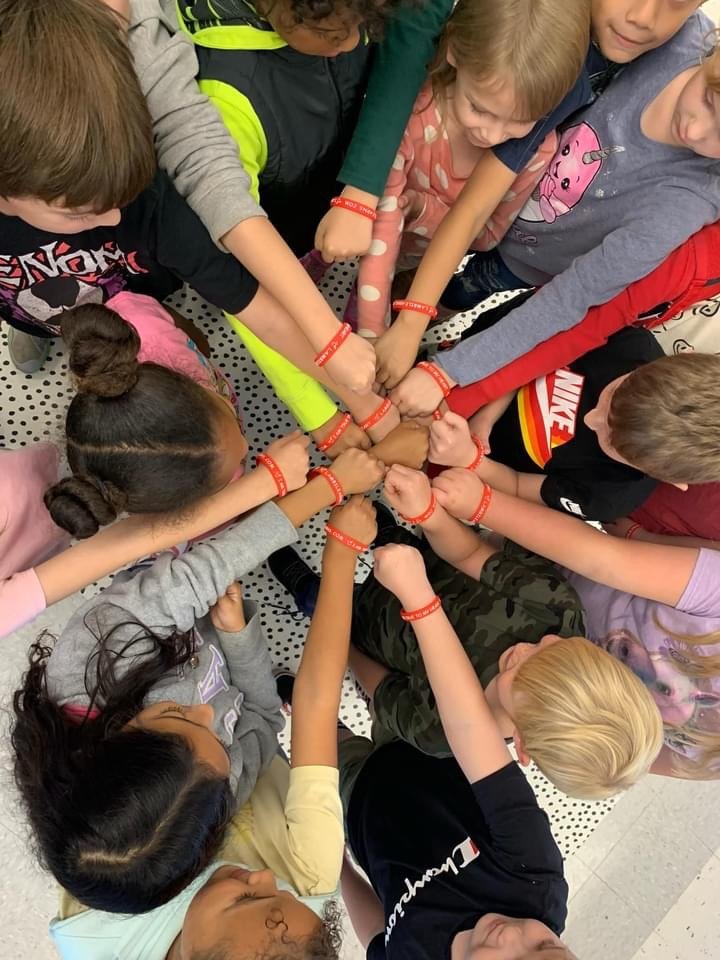Why Positive Prevention Works
Fear might grab attention, but it doesn’t build skills. Safety + skills do. Lambi helps kids feel seen, safe, name emotions, and practice coping—while equipping adults to respond with consistent, trauma-informed care. That’s how you get durable, real-world prevention. (Source)
Decades of research show scare tactics don’t create lasting behavior change in kids. Fear can trigger avoidance and reactance (the “tune-out” or “do the opposite” effect), especially in youth. Programs built on fear (e.g., classic D.A.R.E. models) have shown little to no long-term impact on substance use. Sources: West & O’Neal’s meta-analysis on D.A.R.E. (AJPH/NIH) and Tannenbaum et al. on fear appeals (meta-analysis).
Why Fear Fails
Skills beat scares. When children learn to name feelings, self-calm, and ask for help, outcomes improve across the board. Large meta-analyses of school-based social-emotional learning (SEL) show better emotion skills, behavior, and even academics, with effects that last. Sources: Durlak et al. (Child Development; open PDF via CASEL summary/PDF) and Taylor et al. follow-up (Wiley abstract; CASEL summary PDF).
What works instead
Safety first, then learning
Children learn best when they feel safe and supported. Prolonged, unbuffered stress (“toxic stress”) disrupts developing brain architecture; stable, nurturing relationships protect the brain and build resilience. That’s why Lambi starts with connection and co-regulation, not fear. Source: Harvard Center on the Developing Child’s toxic stress brief and guide (overview, resource guide).
Public-health guidance is clear: Safe, stable, nurturing relationships (SSNRs) are among the most powerful protections for children—at home, in classrooms, and across communities. Lambi strengthens SSNRs by giving kids and adults a shared language and tools for regulation and connection. Sources: CDC Essentials for Childhood (framework; SSNRs brief PDF) and CDC ACEs prevention page (overview).
Build protection, not panic
The Sooner We Start, the Stronger They Grow
Prevention is most effective when it starts early and is developmentally appropriate. National Academy reviews conclude many mental, emotional, and behavioral problems—including later substance misuse—are preventable through early, evidence-based supports. Sources: National Academies report Preventing Mental, Emotional, and Behavioral Disorders Among Young People (report page, full PDF, policy brief PDF).








